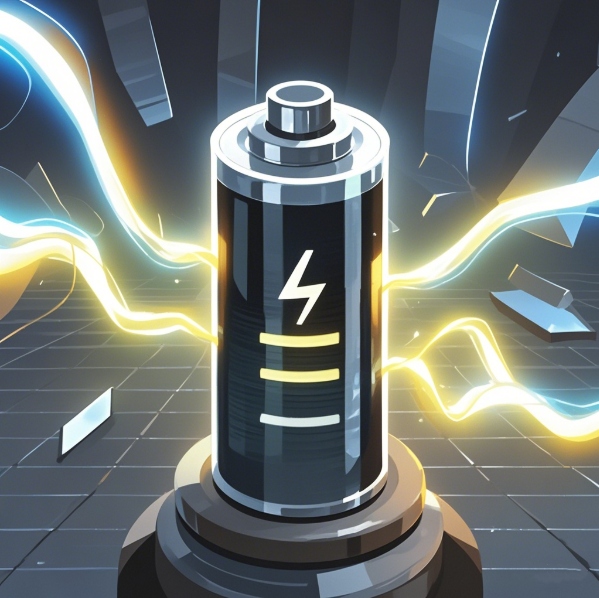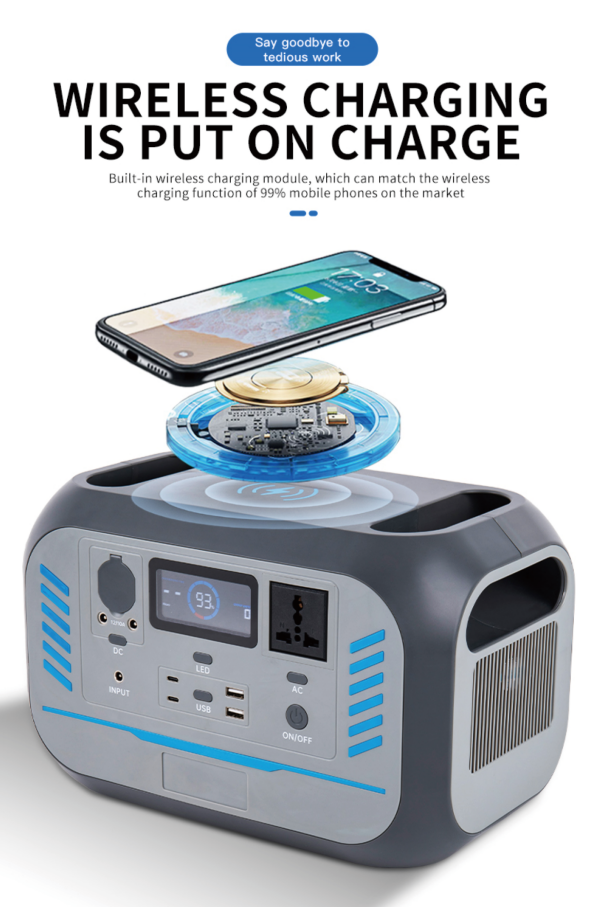Batteries are crucial to modern life, powering everything from smartphones to electric cars and home energy systems. However, like all things, batteries have a limited lifespan. But when exactly does the battery stop working? Understanding the factors that affect battery life, the signs of declining battery performance, and how to extend battery life can help you get the most out of your devices and systems. Gripp will delve into the science, practical tips, and frequently asked questions about battery performance and failure.
What does it mean when the battery stops working?
When we say that a battery has stopped working, it usually means that it can no longer efficiently store or release power. This does not necessarily mean that the battery is completely dead. In many cases, it still retains some power, but has degraded to the point where it can no longer serve its intended use.
For example, a smartphone battery may not be able to store enough charge to last a full day of use.
The car battery may not be able to start the engine.
Rechargeable batteries in solar systems may not store enough energy to power devices overnight.
How do batteries work?
Understanding how batteries work is crucial to understanding why they stop working. Batteries store chemical energy and convert it into electricity through a series of electrochemical reactions. The following is a simplified overview of the process: Electrode (anode and cathode) : A battery has two electrodes – the anode (negative) and the cathode (positive). Electrolyte: This medium allows ions to move between the anode and cathode. Chemical reaction: When the battery is working, it triggers a chemical reaction that releases electrons to create an electric current. Over time, these chemical reactions gradually decline, which in turn leads to reduced battery capacity and performance.
What causes the battery to stop working?
There are several factors that can cause a battery to eventually fail. The following are the main reasons why batteries stop working: Aging and Chemical degradation The most common cause of battery failure is natural aging. Over time, the materials inside the battery gradually decay due to repeated charging and discharging cycles. The electrodes may corrode, and the electrolyte may lose its ability to facilitate chemical reactions. Overcharging or deep discharge repeatedly overcharging or fully discharging a battery can cause serious damage. Overcharging generates heat, which accelerates chemical degradation, while deep discharges can lead to irreversible capacity loss. Excessive temperatures are a bane of battery life. High temperatures can lead to electrolyte evaporation or performance degradation, which in turn reduces the efficiency of the battery and eventually fails. Exposure to high temperatures Physical damage Any physical impact or damage to a battery can destroy its internal components, making it unsafe or unable to function properly. In rare cases, the battery may have a defect in the manufacturing process, such as improper sealing or the use of inferior materials, which can cause the battery to fail prematurely.
What are the signs of battery failure?
It’s important to recognize the warning signs of a failing battery so you can replace it before it stops working completely. Here are some common signs:
Reduced capacity: Batteries don’t last as long as they used to.
Slow charging: It takes much longer to recharge the battery.
Expansion or bulking up: Battery expansion is a serious safety hazard and needs to be replaced immediately.
Overheating: The battery becomes abnormally hot during use or charging.
Erratic performance: Devices powered by this battery may unexpectedly shut down, even when the battery appears to be fully charged.
How long does the battery usually last?
The lifespan of a battery depends on a number of factors, including its type, usage pattern, and environmental conditions. The following are approximate life estimates for common battery types:
Lithium-ion batteries (for smartphones, laptops) : 2 to 3 years, or 300 to 500 charge and discharge cycles.
Lead-acid batteries (for automotive batteries): 3 to 5 years. Nimh battery: 3 to 5 years.
Deep cycle batteries (for solar systems) : 5 to 15 years, depending on maintenance and usage.
Keep in mind that proper maintenance can extend the life of the battery, while neglect or improper use can shorten its life.
Can you bring dead batteries back to life?
In some cases, it is possible to bring a seemingly dead battery back to life, but this depends on the type of battery and the cause of the failure. For example:
Car battery: By jumping on or using a dedicated charger to charge, sometimes seemingly dead car batteries can be restored to use.
Rechargeable batteries: Methods such as balancing the battery cell or using a sulfur eliminator may help repair the battery and restore some charge.
Once disposable batteries are scrapped, they cannot be restored, and it is best to properly recycle them.
However, bringing the battery “back to life” is often only a temporary solution, and when the battery performance deteriorates significantly, replacing the battery is usually the best choice.
How to extend battery life?
The good news is that there are some proactive steps you can take to extend the life of your battery, as follows:
Avoid overcharging: Use a charger with built-in overcharge protection in case the battery is overloaded.
Temperature control: Store the battery in a cool, dry environment.
Use the right charger: Be sure to use the charger recommended by the device manufacturer.
Avoid deep discharges: Charge the battery before it drops below 20%.
Regular maintenance: Certain types of batteries, such as lead-acid batteries, can extend their service life through regular maintenance (such as replenishing distilled water).
What happens if you continue to use a faulty battery?
Continuing to use a faulty battery can cause a number of problems, including:
Degraded device performance: The device may run slowly or shut down unexpectedly.
Safety risk: Damaged or inflated batteries may pose a fire or explosion hazard.
Increased costs: Continued use of a faulty battery can damage the device it powers, leading to high repair costs.
To avoid these problems, it is best to replace the faulty battery in time.
Is there an environmentally friendly way to dispose of the battery?
Yes, it is essential to dispose of batteries responsibly to minimize their impact on the environment. Follow these steps:
Recycling: Many types of batteries, including lithium-ion batteries and lead-acid batteries, can be recycled. Check out local recycling programs or drop-off centers.
Avoid landfills: Never throw batteries in the trash, as they contain harmful chemicals that may leach into the soil and water.
Compliance: Some regions have specific laws and regulations for battery handling, so follow local guidelines.
As the world’s leading manufacturer of lithium batteries,CHUNQU batteries are available from 1S(3.7V) to 18S(68.4V) with capacities up to 84 mah. The production of lithium batteries and nickel-metal hydride batteries are widely used in UAV, RC model, agricultural plant protection, sports car, auto parts, medical, outdoor, maritime, special, industrial, wearable devices, AR/VR and consumer electronics and other application fields. If you have any questions or needs, please feel free to contact us through the online customer service or the official website message.

